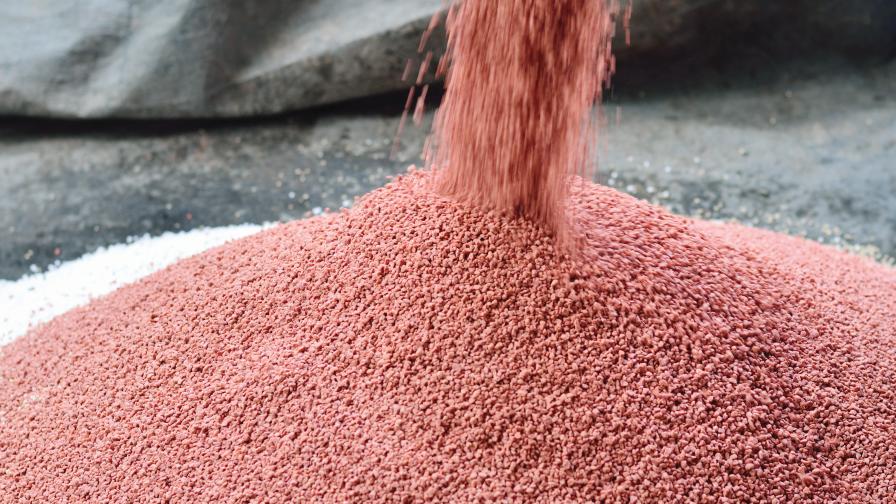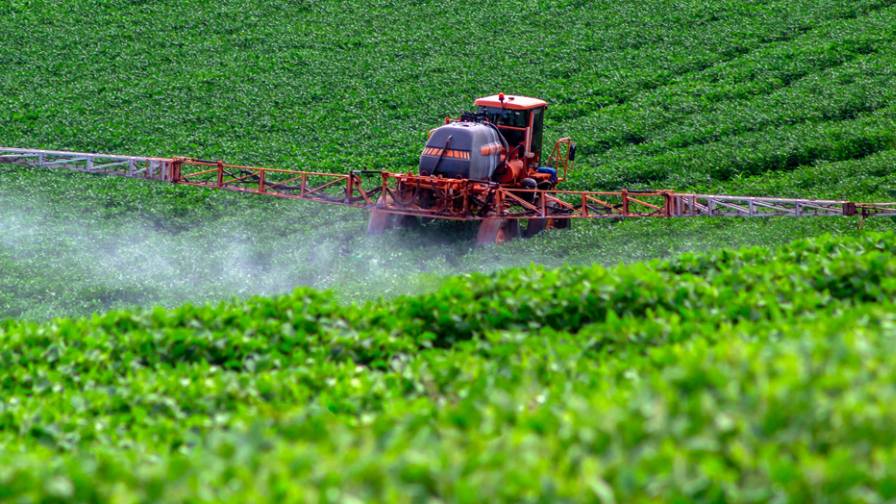5 Key Trends to Watch for the Biologicals Market in 2025
There are no longer two opposing camps: biologicals and synthetics. Companies are beginning to integrate these two types of products into their portfolios and even more so in the upcoming year. Dr. Peter Chalmers, Senior Partner for Accumont Advisors, an international consultancy firm for ag tech and biological companies, says in his global work with companies, he’s seeing the following five trends.
1. Artificial Intelligence in Formulation
From Asia to Europe to the Middle East, companies are leaning on artificial intelligence to help speed up the development of biological formulations. “There are a lot of companies looking at AI to help them with their discovery programs,” says Chalmers. “I’m now seeing that in many places around the world, not just in the places that you would normally think of, there’s a lot of activity in that area.”
2. Innovative Technology to Deliver Products
Increasing biologicals’ shelf life and effectiveness is another main challenge and focus of biological formulations. “There are a number of companies looking at supporting technology for the delivery of these products,” says Chalmers. “Companies looking beyond encapsulation to slow-release technology that will offer better efficacy.”
3. Looking to the Oceans
The ocean is offering companies new ideas for discovery and formulations. “A new source of innovation is coming from the marine environment, not only for new active ingredients,” says Chalmers, “but how these new discoveries can be used to enhance formulations, such as seaweed in biostimulants.”
4. Focus on Marketing
Competition is increasing as more companies offer biologicals and biostimulants, but there is still plenty of room for companies who know how to market their products. “If you are looking at bringing the science and the methodology for products and optimize the benefits that they bring for a crop, then for those companies, there is opportunity,” says Chalmers. “Companies with really good technology can differentiate themselves. Then companies need the right local expertise to communicate the benefits of products, coming from trusted sources that know the culture and growers. Strong science and a well-focused marketing plan equal success.”
5. Integrated Management
With diversifying portfolios, it’s important for companies to think how their biological and synthetic crop protection chemicals will work together in integrated programs. “Nearly all the major companies in crop protection are adding a bio part to their business,” says Chalmers. “For instance, the launch of Rainbow Bio. Rainbow is one of the biggest crop protection companies in China. A real powerhouse for generic chemicals and is now shifting to emerging opportunities coming from the biological space. That particular space is best done when you understand that biologicals will not replace chemicals, but they will complement chemicals.”






